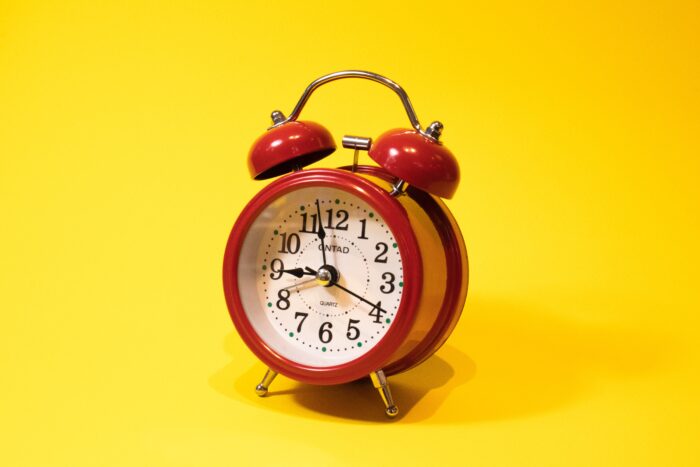
On July 19, Piano said they would be updating their report to reflect that the 33% figure they cited for cancellations within 24 hours applies only to the worst-performing news publications they studied. The average cancellation rate for all news publications in the first 24 hours is 8.6%, a spokesperson clarified. Their report and this article have both been updated.
The clock starts right away. New data from the paywall tech company Piano shows a significant number of new subscribers cancel their digital subscriptions within a day.
Piano, one of the world’s largest paywall providers, sells their technology as well as strategic advice to media companies. Most of their clients are news organizations — including giants like Gannett, Dow Jones, Meredith, and Axel Springer — but they also work with other types of companies experimenting with paywalls to drive subscriber revenue.
Their report released Tuesday notes that subscribers who cancel almost immediately might have signed up to access a single article or found the full paid experience lacking after taking a quick look around.
“It’s not enough to sign someone up and assume they’ll consume your content,” the report cautions. “You’ll need a thought-out plan using proven tactics to start forming habits early. Email newsletters, a welcome letter from the editor, a mobile app download, podcasts, subscription benefits reminders and/or a series of reminder emails over the first week and month have all proven successful with audiences.”The fact that these first-day cancellations are more common among annual subscriptions than monthly ones points to another reason for early churn: New subscribers may be using the cancel button as a way to turn off auto-renewal. They don’t want to forget they’ve signed up for the subscription and — 365 days later — accidentally be charged for a full-price subscription.
Another group flagged as high risk for cancellations? Inactive subscribers. These so-called “sleepers” are paying subscribers who haven’t visited the site in the past 30 days.
Piano found that, for the average subscription website, 40% of subscribers are sleepers. The percent of disengaged subscribers was reduced during the early days of the pandemic when news usage skyrocketed but the portion has risen steadily since the early months of 2020.
It makes sense that sleepers churn: They aren’t getting much value from their subscription. Yet they don’t churn right away. In any given month, 90% of sleepers will simply continue to stay inactive. It’s only when they wake up again and come back that their cancellation rates soar, generally accounting for about 30% of active churn.
This makes re-engaging sleepers difficult. How do you bring them back into the fold and “wake them up” without prompting them to cancel?
Piano recommends not shaking sleepers awake for anything less than a major news event or “especially appealing content.” Better yet, the report advises, “engage subscribers before they become inactive, building habits so that they don’t fall asleep in the first place.” (Their 2021 report found that 60% of sleepers nod off during their first two months as subscribers.)
As in previous years, Piano found that social media referrals generate low conversion rates, especially compared to users who arrive directly from a home page. Lavishing attention on just one channel or referral source won’t improve paid conversion numbers, though.“The number of channels visitors are referred by — across search, social and direct — is a stronger predictor of likelihood to subscribe than the performance of any single channel,” the report found. The pattern holds true post-conversion, too; the more channels readers use to engage with your content, the more loyal they are as subscribers.
Piano, which offers dynamic paywall options that can test the best time or content to convert users into subscribers, found email registration could be an important step along the way. The conversion rate for anonymous visitors is just .22% but jumps to 9.88% for registered users, according to Piano.
You can read the rest of the report here.